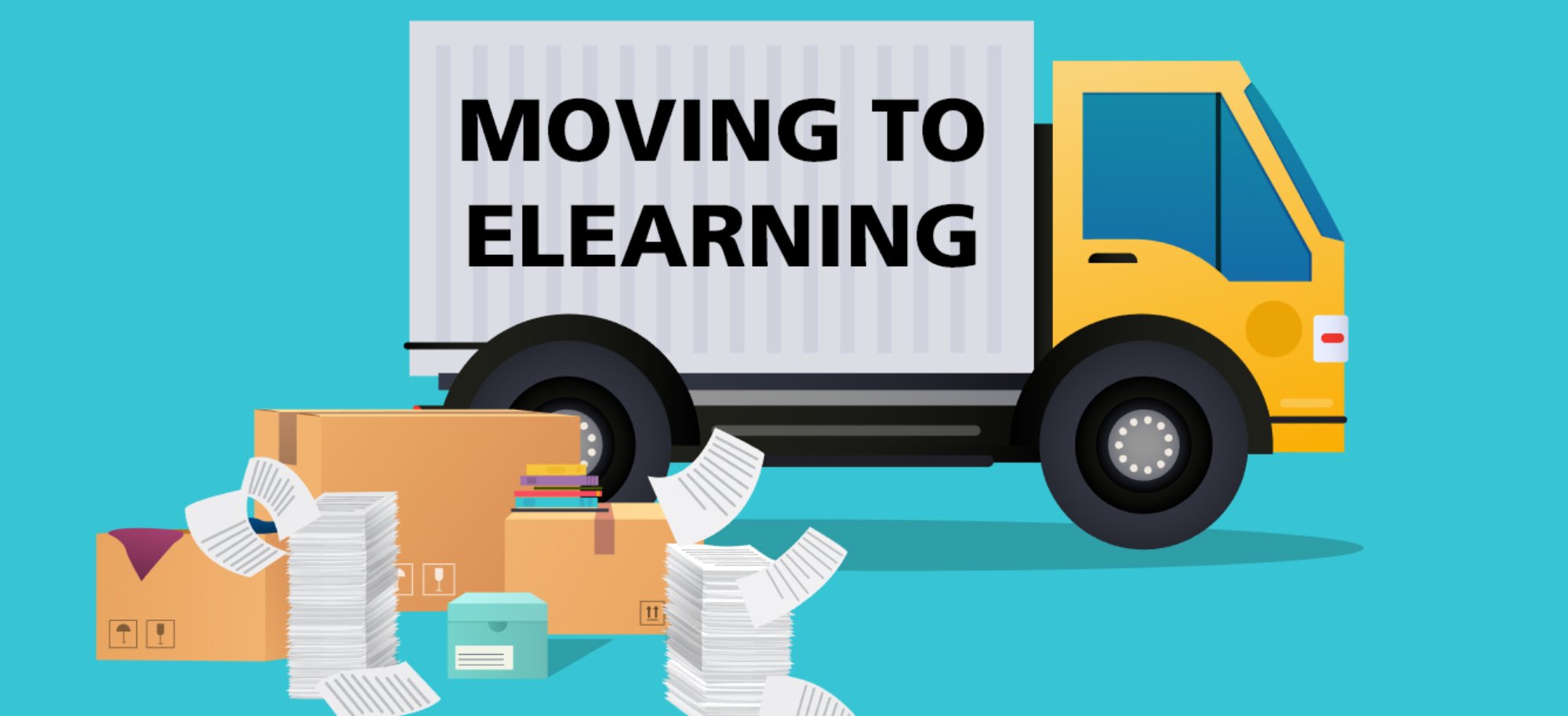eLearning: Make it Mobile Friendly!
Mobile eLearning seems nearly limitless! It can happen anywhere at anytime. But is “what’s happening” truly engaging and memorable? It will be if you remember these tips!
1. Clean and Concise
Remember- mobile learners are already being inundated with external distractions. Rather than add one more, make your eLearning a little safe haven. Don’t make them sort through clutter or unnecessary information. Embrace white space, make navigation simple and avoid cognitive overload.
2. Screen Space Is Gold
Screen space is your prime real estate. Reduce image size. Substitute large blocks of text with bullets. Avoid graphics, text, and graphs that require excessive screen scrolling.
3. Compress and Link
Mobile learning is often limited by bandwidth. Images that show up instantly on a laptop can take much longer on smartphones. Optimize all of your multi-media elements. Compress large files and/or include links to external sites that can be accessed later.
4. One Touch Navigation
For navigation, opt for an icon with a drop down list. This minimizes space without sacrificing navigation. Make them clear and easy to tap. Use hot spot graphics or buttons instead of hyperlinks. Remember the the mobile learner is often operating with one finger.
5. Audio Autocracy
Audio can be challenging for mobile learners, thanks to those external distractions. If learners don’t have headphones, they aren’t going to reap the rewards of your audio. So give them complete control of the audio playback, including muting, pausing, and adjusting volume. Include subtitles when possible.
6. Make Sure You’ve “One” Them Over
Mobile learning dictates small doses. That’s why it works well as a moment of need support tool or knowledge refresher. Learning courses must be bite-sized and easy to swallow. Think one learning objective; one goal, or topic for each mobile-friendly online course. Break complex […]




